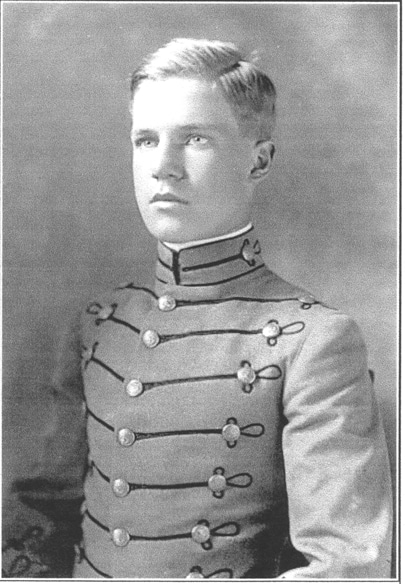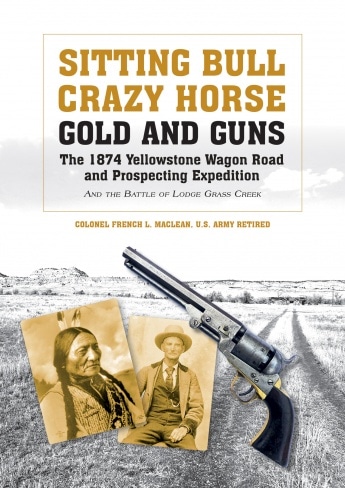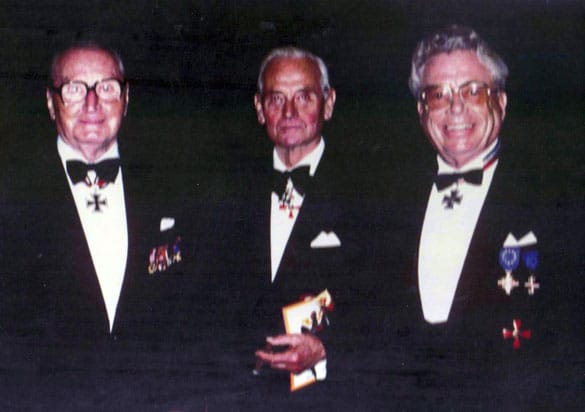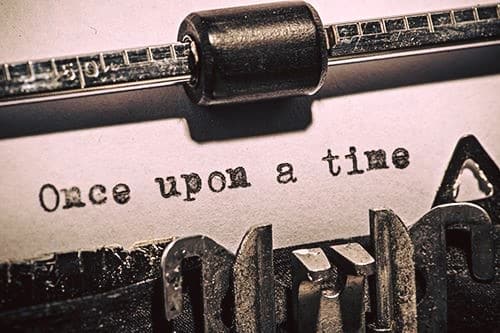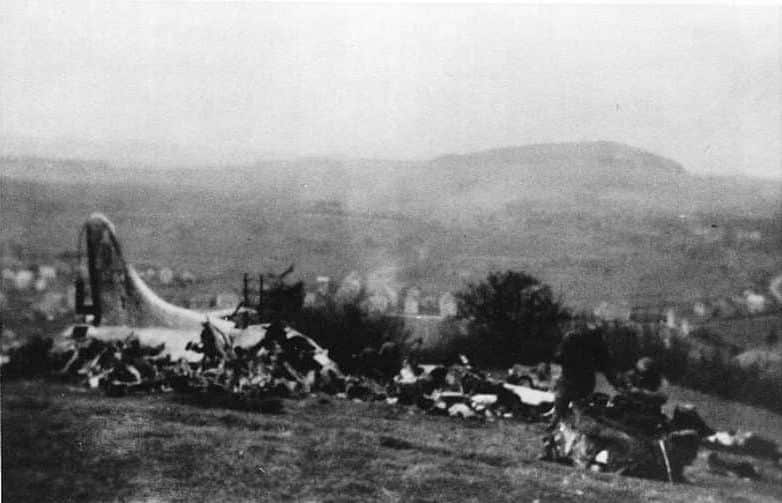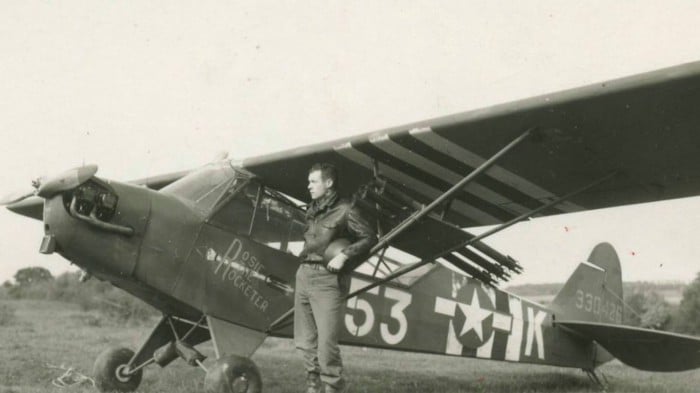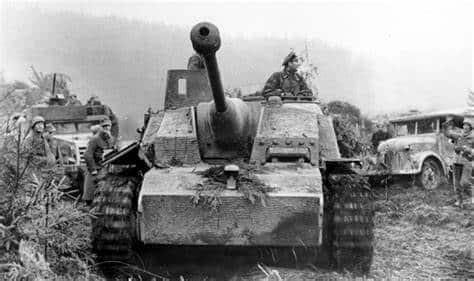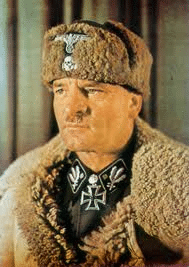A great many “war books” are fairly dry reading; lots of numbers and the “Big Picture.” Dying Hard is written from a much narrower point of view, where names are more important than numbers – one small unit – Company B, and their story is not dry! Nowhere is that more evident than in its many quotations — from people you have read about, such as General George Patton, to just soldiers in Company B. In no particular order, here are a few.
“I don’t make the infantryman look noble because he couldn’t look noble even if he tried.” (Bill Mauldin)
“We kept asking ourselves, Why me? Why do we have to keep on until we all get killed? (Al “Hawk” DiRisio, Company B)
“The Army is good for one ridiculous laugh per minute.” (Ernie Pyle)
“They wish the hell they were someplace else, and they wish to hell they would get relief. They wish to hell the mud was dry and they wish to hell their coffee was hot. They want to go home. But they stay in their wet holes and fight and then they climb out and crawl through minefields and fight some more.” (Bill Mauldin)
“Because legends don’t die with a bang; they die with a whimper.” (Author)
“The key to immortality is first living a life worth remembering.” (Bruce Lee)
“There are no atheists in foxholes.” (Dwight Eisenhower)
“We’re going to have to dig down deep to find our hard core of scrappers.” (George Patton)
“You don’t want the Vienna Boys Choir in an infantry platoon.” (Author)
“To me, there is no higher accolade that one can bestow than to refer to an individual as a dogface soldier.” (Lindsey Nelson)
“There is an agony in your heart and you almost feel ashamed to look at them.” (Ernie Pyle)
“Hell’s bells, Brad [General Omar Bradley]. I’m wastin’ my talents with all those featherbed colonels in the rear.” (Colonel Harry “Paddy” Flint)
“Any bastard can be born and then just die, that just happens to you, but it takes a man to achieve immortality through battle.” (George Patton)
“Nobody beat me. We were playing pinochle. It’s a rough game.” (J.J. Sefton)
“Ah, the Air Force gets the glory. And the Navy gets the cheers. But all the dogface ever gets is mud behind the ears.” (Mel Blanc, Private Snafu)
“Neither an officer’s job nor a sergeant’s job in infantry-combat is more important than the other; they just do different things that complement one another.” (Author)
“Isn’t it wonderful what you can do with Spam?” (Bob Hope)
“It was cold and raining and blowing vigorously, and before us stretched the dark tree wall of the Snow Eifel where the dragon lived.” (Ernest Hemingway)
“The reason the American Army does so well in wartime, is that war is chaos, and the American Army practices it on a daily basis.” (Some German general)
“Now every second man in it was dead and the others nearly all were wounded. In the belly, the head, the feet or the hands, the neck, the back, the lucky buttocks, the unfortunate chest, and the other places. Tree burst wounds hit men where they would never be wounded in open country. And all of the wounded were wounded for life.” (Ernest Hemingway)
“It’s like what Bing Crosby said, ‘The further up front you get the snappier the salute.’ Well that shows he didn’t get very far up because we don’t even salute up here.” (Jack Jewell, Company B)
“We don’t have corporals in this outfit. So within a week you’ll be a sergeant or be dead.” (Jack Dunlap, Company B)
“Hear the One-Five-Fives a barking; Hear the angry shrapnel whine; The airplanes they will help us; To saturate the swine; We’ll have our Christmas dinner; In a big Berlin hotel; While Hitler and his buddies; All sweat it out in Hell.” (lyrics to song composed by soldiers of Company B, sung to the tune Wabash Cannonball)
“Stop worrying. Everything is going to be all right now. They’ve sent in the first team.” (LTC Wallace Wade, former head football coach Alabama Crimson Tide)
“Coffee with Hawk; it ain’t “Puttin’ On the Ritz.” But when you’re standing in the wet snow in your foxhole, your hands are freezing, your nose is running, and your eyes are tearing-up – because your heart is aching for home – that cup of hot coffee just might be worth a million bucks to you about now.” (Author)
“Charge!” (Lieutenant Louis Benoist, Company B)
“The first time you quit, it’s hard. The second time, it gets easier. The third time, you don’t even have to think about it.” (Paul “Bear” Bryant, head football coach Alabama Crimson Tide)
“Tell your friend that in his death, a part of you dies and goes with him. Wherever he goes, you also go. He will not be alone.” (Jiddu Krishnamurti)
“Listen you son of a bitch; you better not die on me!” (Jay Lavinsky, Company B)
“The rifleman fights without promise of either reward or relief. Behind every river there’s another hill – and behind that hill, another river. After weeks or months in the line only a wound can offer him the comfort of safety, shelter, and a bed. Those who are left to fight, fight on, evading death but knowing that with each day of evasion they have exhausted one more chance for survival. Sooner or later, unless victory comes this chase must end on the litter or in the grave.” (Omar Bradley)
“There is simply not enough marble and granite on God’s green earth upon which to truly record the sacrifice that American soldiers made for their comrades, their families, their fellow citizens, and for millions of people they never knew around the world.” (Author)
“A soldier can be a hero and a hero can be a legend and a legend can make a superman out of a soldier.” (Memorial for Colonel Harry “Paddy” Flint)
What isn’t shown here is the context in which the quotation is found. When you read Dying Hard, you’ll know why they’re all important. Dry? By the time you finish, you may even be wiping a tear from your eye — some from laughing and some not.
